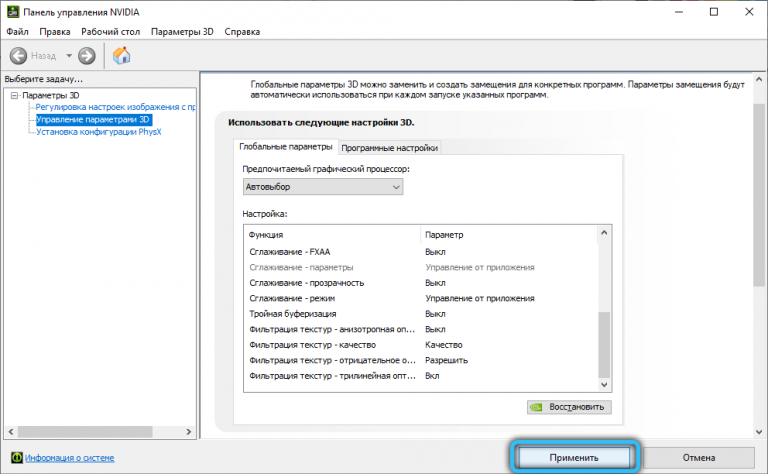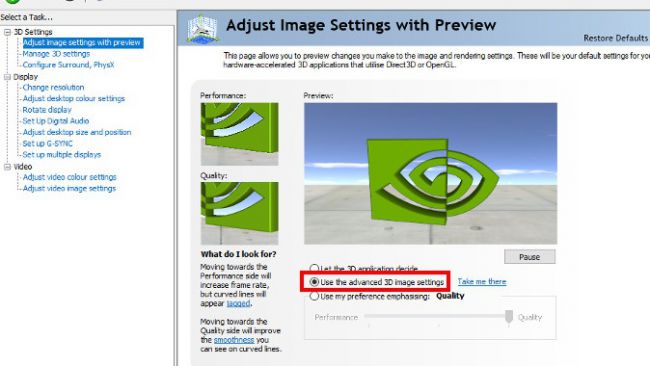

- NVIDIA POWER MANAGEMENT MODES CODE
- NVIDIA POWER MANAGEMENT MODES PC
- NVIDIA POWER MANAGEMENT MODES WINDOWS
Super VGA enabled graphics display resolutions up to 800×600 pixels, a 36% increase. In November 1988, NEC Home Electronics announced its creation of the Video Electronics Standards Association (VESA) to develop and promote a Super VGA (SVGA) computer display standard as a successor to VGA. IBM introduced its proprietary Video Graphics Array (VGA) display standard in 1987, with a maximum resolution of 640×480 pixels. VGA section on the motherboard in IBM PS/55

In 1988, the first dedicated polygonal 3D graphics boards were introduced in arcades with the Namco System 21 and Taito Air System. Fujitsu's FM Towns computer, released in 1989, had support for a 16,777,216 color palette. It served as a development machine for Capcom's CP System arcade board. Sharp's X68000, released in 1987, used a custom graphics chipset with a 65,536 color palette and hardware support for sprites, scrolling, and multiple playfields.
NVIDIA POWER MANAGEMENT MODES PC
It was one of the first video cards for IBM PC compatibles to implement fixed-function 2D primitives in electronic hardware. In 1987, the IBM 8514 graphics system was released. The IBM 8514 Micro Channel adapter, with memory add-on
NVIDIA POWER MANAGEMENT MODES WINDOWS
During 1990–92, this chip became the basis of the Texas Instruments Graphics Architecture ("TIGA") Windows accelerator cards. It could run general-purpose code, but it had a graphics-oriented instruction set. In 1986, Texas Instruments released the TMS34010, the first fully programmable graphics processor. for per-scanline palette switches, sprite multiplexing, and hardware windowing), or driving the blitter. It also included a coprocessor with its own simple instruction set, that was capable of manipulating graphics hardware registers in sync with the video beam (e.g. In 1985, the Amiga was released with a custom graphics chip including a blitter for bitmap manipulation, line drawing, and area fill. It was used in a number of graphics cards and terminals during the late 1980s. The ARTC could display up to 4K resolution when in monochrome mode. In 1984, Hitachi released ARTC HD63484, the first major CMOS graphics processor for PC. The Williams Electronics arcade games Robotron 2084, Joust, Sinistar, and Bubbles, all released in 1982, contain custom blitter chips for operating on 16-color bitmaps. It was used in a number of graphics cards and was licensed for clones such as the Intel 82720, the first of Intel's graphics processing units. It was the first fully integrated VLSI (very large-scale integration) metal–oxide–semiconductor ( NMOS) graphics display processor for PCs, supported up to 1024×1024 resolution, and laid the foundations for the emerging PC graphics market. It became the best-known GPU until the mid-1980s. This enabled the design of low-cost, high-performance video graphics cards such as those from Number Nine Visual Technology. The NEC µPD7220 was the first implementation of a personal computer graphics display processor as a single large-scale integration (LSI) integrated circuit chip. ANTIC also supported smooth vertical and horizontal scrolling independent of the CPU.
NVIDIA POWER MANAGEMENT MODES CODE
6502 machine code subroutines could be triggered on scan lines by setting a bit on a display list instruction. Atari 8-bit computers (1979) had ANTIC, a video processor which interpreted instructions describing a " display list"-the way the scan lines map to specific bitmapped or character modes and where the memory is stored (so there did not need to be a contiguous frame buffer). The Atari 2600 in 1977 used a video shifter called the Television Interface Adaptor. Atari ANTIC microprocessor on an Atari 130XE motherboard The Galaxian hardware was widely used during the golden age of arcade video games, by game companies such as Namco, Centuri, Gremlin, Irem, Konami, Midway, Nichibutsu, Sega, and Taito.

The Namco Galaxian arcade system in 1979 used specialized graphics hardware that supported RGB color, multi-colored sprites, and tilemap backgrounds. Ī specialized barrel shifter circuit helped the CPU animate the framebuffer graphics for various 1970s arcade video games from Midway and Taito, such as Gun Fight (1975), Sea Wolf (1976), and Space Invaders (1978). In early video game hardware, RAM for frame buffers was expensive, so video chips composited data together as the display was being scanned out on the monitor. See also: Video display controller, List of home computers by video hardware, and Sprite (computer graphics) 1970s Īrcade system boards have used specialized graphics circuits since the 1970s.


 0 kommentar(er)
0 kommentar(er)
